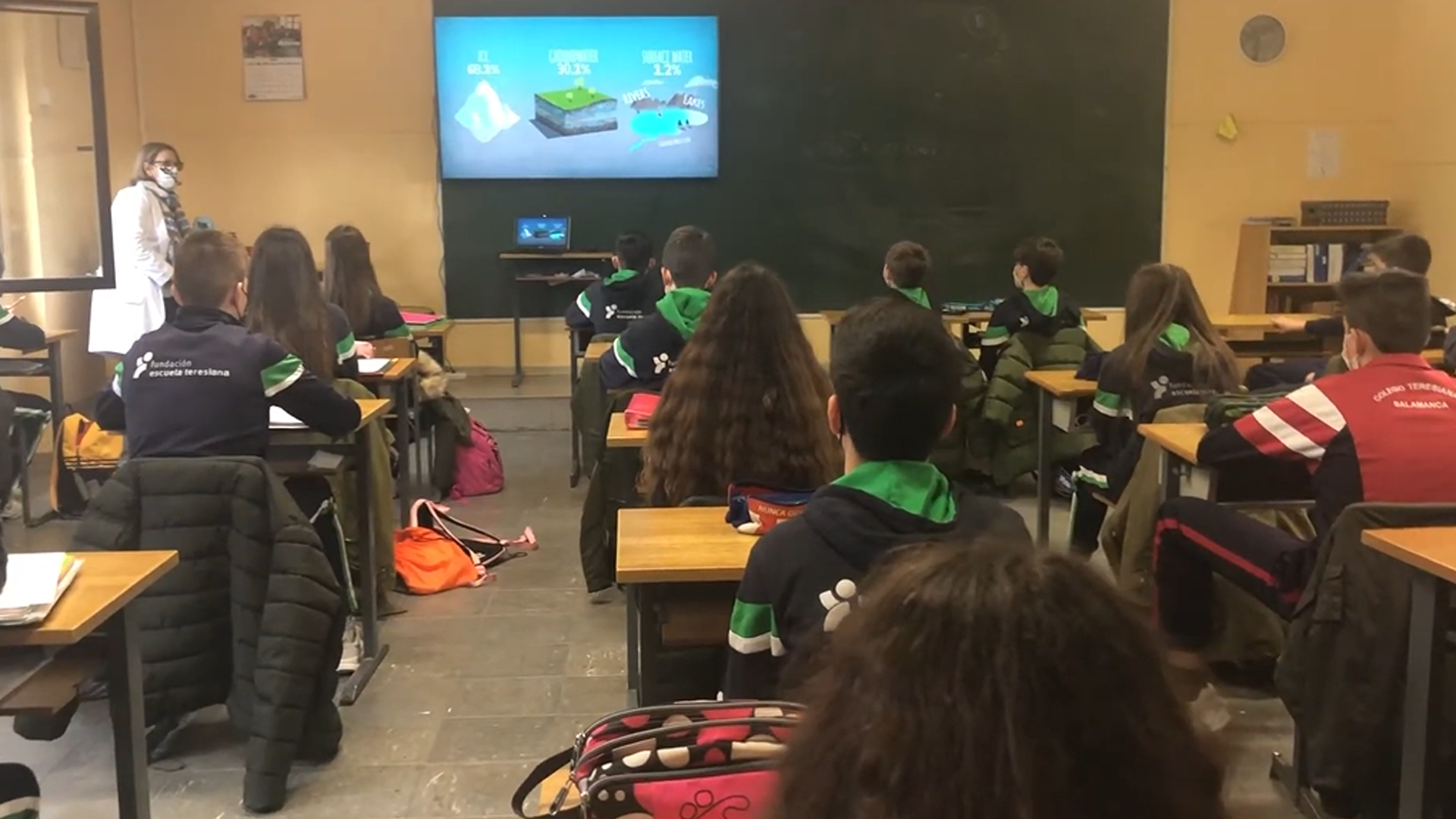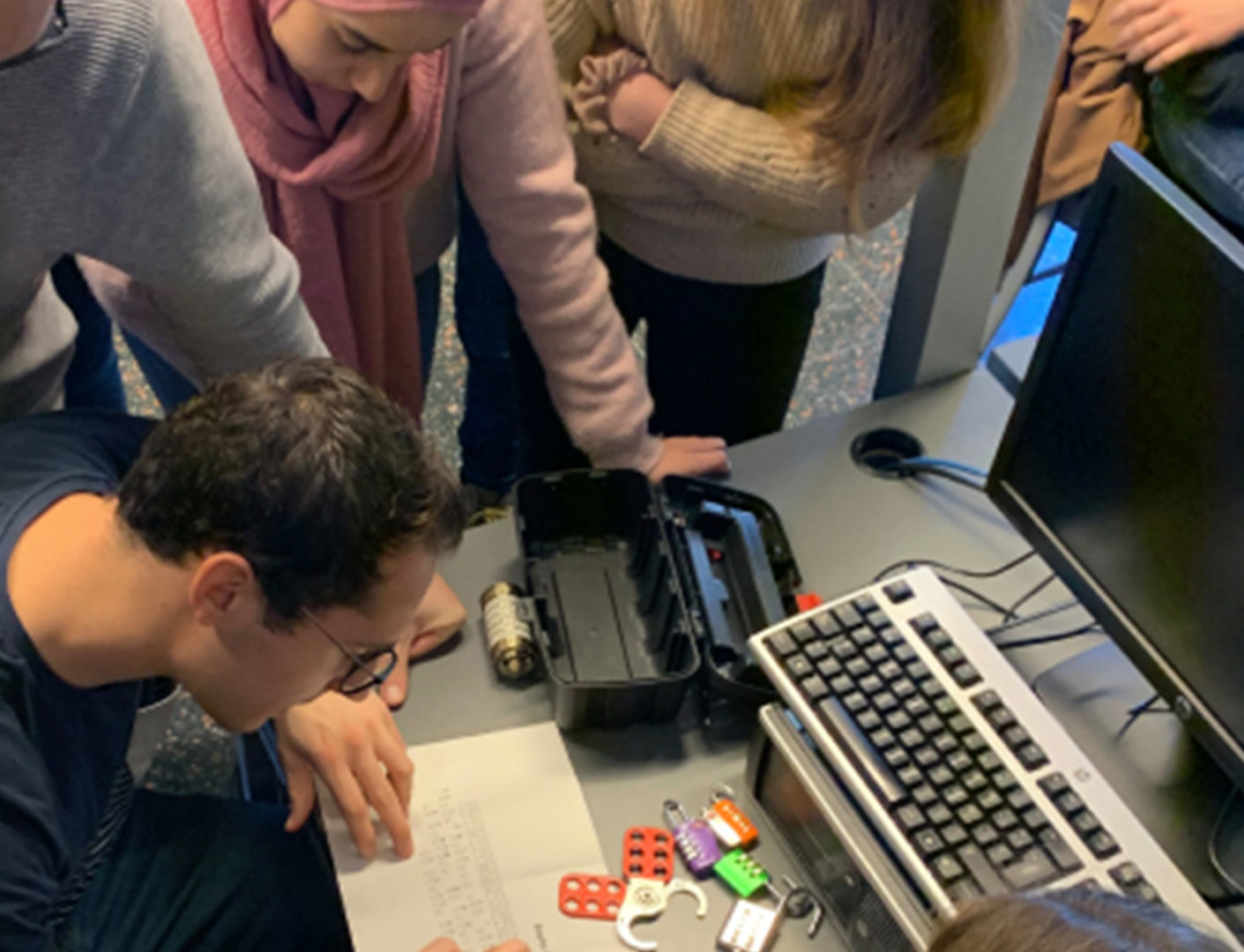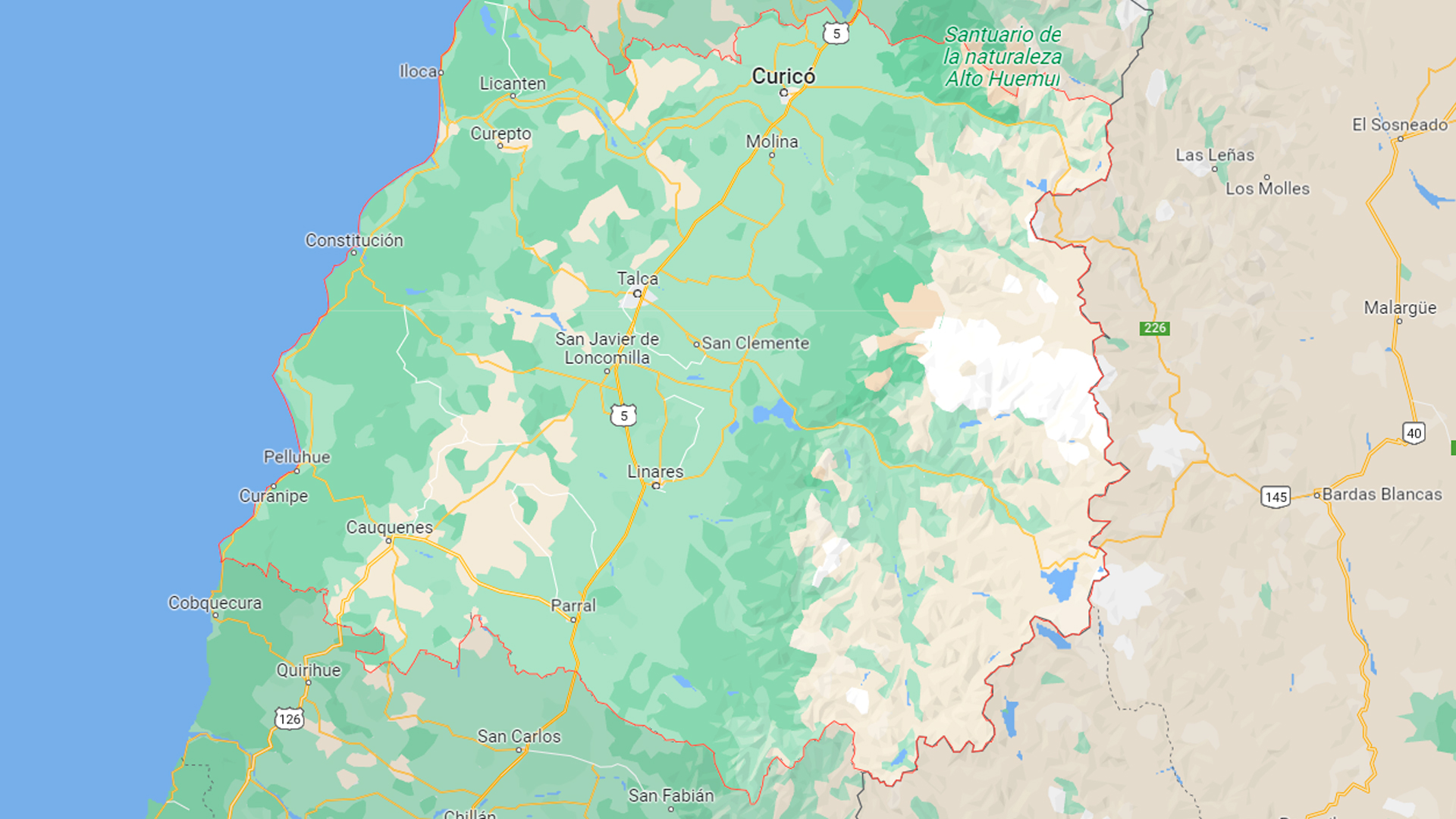Augmented reality, Chroma key, and virtual reality


Context
In a 6th grade Biology class we needed to revise and elaborate on the seven systems: locomotor (musculoskeletal), respiratory, digestive, excretory, cardiovascular, nervous, and reproductive. Our goals were to watch the children’s interaction, their comprehension of concepts, and to learn their opinion about this technology. Immersive education gets most students enthusiastic, and it also helps them to get more deeply involved with the studied subject and to understand more easily by improving their learning-retention capacity.
Highlights...
Objectives
Didactic sequence
Quiver.

Body Planet T-shirt and Curiscope.

Body cards.

Merge Cube.

Expeditions and Chroma.

Assessment and conclusions
Successes
Things to improve

Take this experience to your classroom!
Tips to adapt the experience to your classroom
Independently
The systems
Breaks
Using Virtual Reality
Oculus Quest 2
Resources and materials
Technical links
Exercices










